The Best Fishing Kayaks for Weekend Warriors (No Brands Mentioned)
For the weekend warrior who lives for those precious days off, a fishing kayak represents the perfect blend of adventure, tranquility, and opportunity. Unlike traditional fishing from shore or larger boats, kayak fishing offers unparalleled access to secluded fishing spots that might otherwise remain untouched.
The intimate connection with the water creates an immersive experience that enhances every aspect of fishing, from the gentle rocking motion as you cast your line to the thrill of battling a fish while balanced on the water’s surface.
Additionally, fishing kayaks typically require minimal maintenance compared to motorized watercraft, making them ideal for the angler who can’t dedicate extensive time to upkeep. For those with limited storage space and transportation options, the relatively compact size of fishing kayaks makes them a practical choice that doesn’t demand specialized equipment or significant storage solutions.
Understanding Kayak Types: Sit-On-Top vs. Sit-Inside
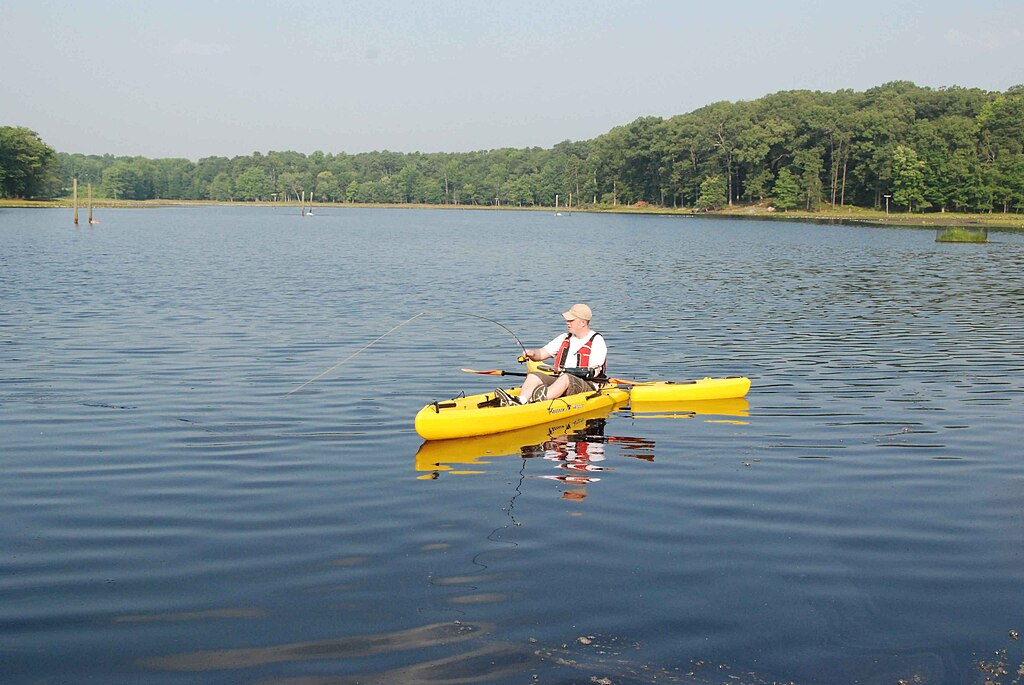
The fundamental choice between sit-on-top and sit-inside fishing kayaks will significantly impact your experience on the water.
Sit-on-top models feature an open deck design where the paddler sits on a molded seat above the hull, offering excellent freedom of movement, easy entry and exit, and the ability to stand while fishing in stable models. These designs also self-drain through scupper holes, eliminating the need to manually bail water that splashes aboard.
Sit-inside kayaks, conversely, place the angler within the hull, providing better protection from the elements, lower center of gravity, and typically superior paddling efficiency for covering longer distances. The enclosed design of sit-inside models keeps anglers drier and warmer in cooler conditions but can be more challenging to re-enter after a capsize.
Weekend warriors should consider their typical fishing conditions, comfort preferences, and whether they prioritize stability or speed when making this fundamental choice.
Hull Designs and Their Impact on Performance
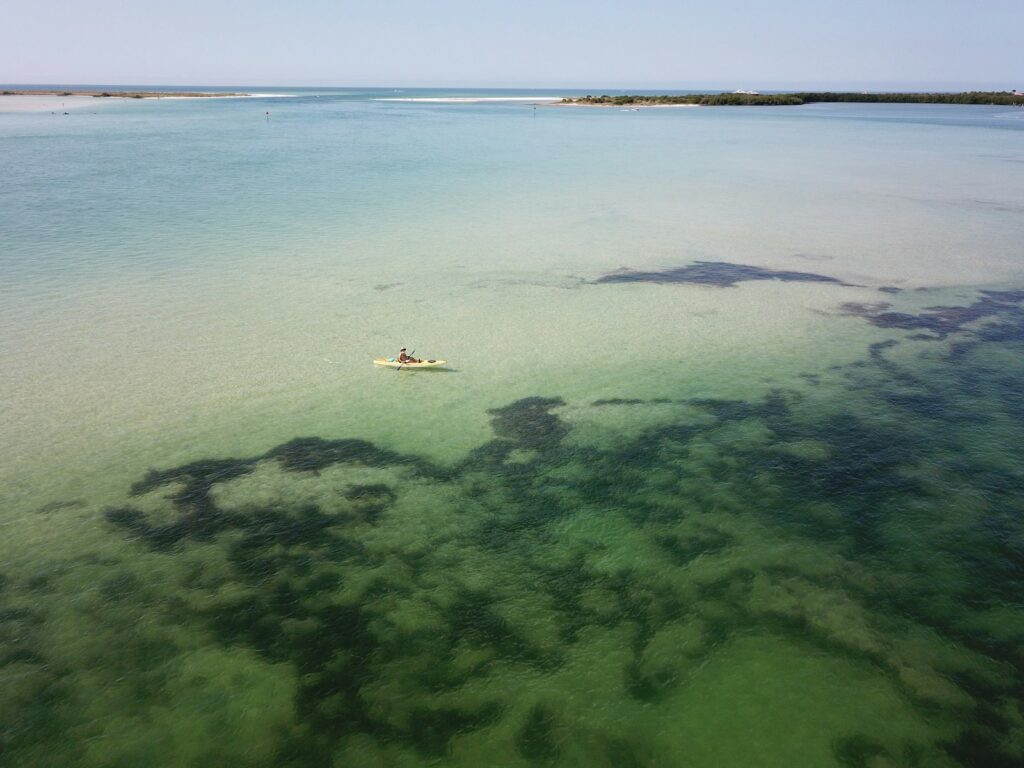
The hull design of a fishing kayak is perhaps the most influential factor in determining how it will perform on the water.
Pontoon hulls, characterized by their cathedral-like design with indentations on the bottom, provide exceptional primary stability, making them ideal for calm waters and anglers who want to stand while fishing.
Flat-bottomed hulls similarly excel in stability but can struggle in choppy conditions where they tend to bounce uncomfortably. V-shaped hulls slice through water efficiently, tracking straighter and achieving better speeds, which benefits anglers covering significant distances but sacrifices some primary stability.
Rounded hulls offer a balance between speed and maneuverability, responding quickly to steering inputs while maintaining decent forward momentum.
Weekend warriors should prioritize hull designs that match their typical fishing environments—choosing greater stability for calm, protected waters or better tracking and speed for open water adventures that require covering more distance.
Length and Width Considerations
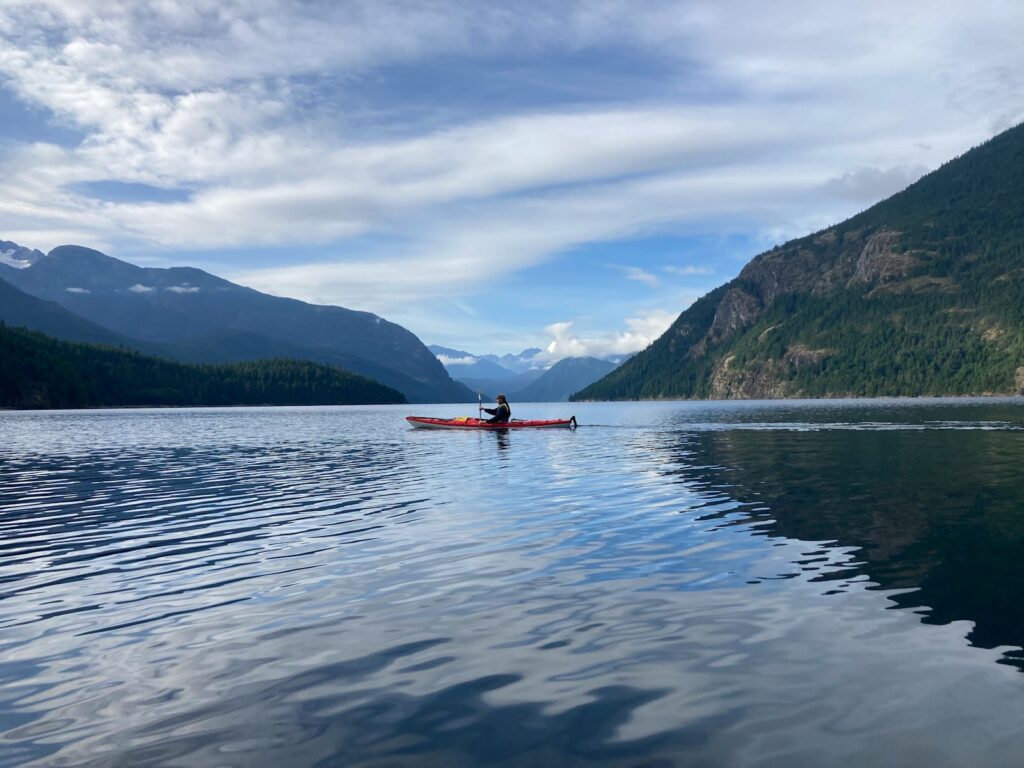
The dimensions of a fishing kayak directly influence its performance characteristics in ways that can make or break a weekend fishing adventure.
Longer kayaks, typically measuring 12 feet and above, track straighter through the water and maintain momentum more efficiently, making them suitable for covering greater distances on larger bodies of water.
Shorter kayaks under 10 feet offer superior maneuverability, allowing anglers to navigate tight spaces like narrow creeks or densely vegetated shorelines with precision.
Width dramatically affects stability—wider kayaks (33-36 inches) provide reassuring primary stability for standing casts and fighting fish but paddle slower and less efficiently than narrower models.
For the weekend warrior with limited time on the water, carefully balancing these dimensional factors based on fishing location and style is crucial. Many successful weekend anglers ultimately choose medium-length kayaks (10-12 feet) with moderate width (30-33 inches) as versatile platforms that perform adequately across various conditions.
Weight Capacity and Storage Solutions
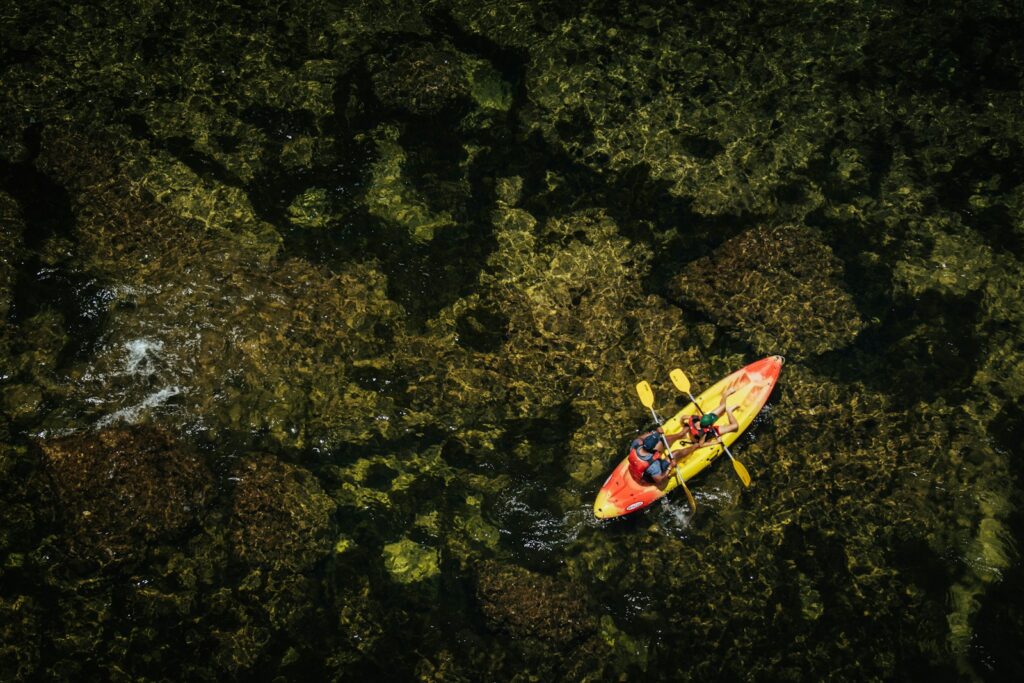
A fishing kayak’s weight capacity significantly impacts its performance and utility for weekend warriors who often bring substantial gear.
Higher capacity kayaks can accommodate heavier anglers and more equipment without sitting too low in the water, which would otherwise increase drag and reduce speed. When evaluating weight capacity, the rule of thumb is to choose a kayak rated for at least 125 pounds more than your body weight to allow for gear, caught fish, and optimal performance.
Storage configurations vary dramatically between models, with better fishing kayaks featuring watertight hatches for valuable electronics and safety gear, molded-in tackle storage areas, and dedicated compartments for fish finders and batteries. Open tank wells in the bow and stern provide flexible storage for coolers, tackle crates, or camping gear for overnight expeditions.
Weekend warriors should prioritize kayaks with thoughtfully designed storage that matches their specific gear requirements and fishing style rather than simply seeking the maximum number of compartments.
Propulsion Options: Paddles, Pedals, and Motors

The method of propulsion fundamentally shapes the fishing experience and deserves careful consideration from weekend anglers.
Traditional paddle-powered kayaks offer simplicity, affordability, and lighter weight, but require anglers to set down their paddle to handle fishing tasks, potentially causing drift away from productive spots.
Pedal-driven systems utilize foot-powered propellers or fins that leave hands free for casting and fighting fish, allowing simultaneous movement and fishing—a significant advantage when covering water or maintaining position against currents or wind.
Motor-driven kayaks, either with built-in electric motors or aftermarket motor mounts, provide effortless propulsion that conserves energy but add considerable weight, complexity, and cost while requiring battery management.
For weekend warriors with limited time on the water, the hands-free advantage of pedal systems often justifies their additional cost, allowing more actual fishing time during precious weekend outings. However, paddle kayaks remain excellent options for anglers fishing protected waters or those prioritizing simplicity and ease of transport.
Seating Systems and Comfort Features
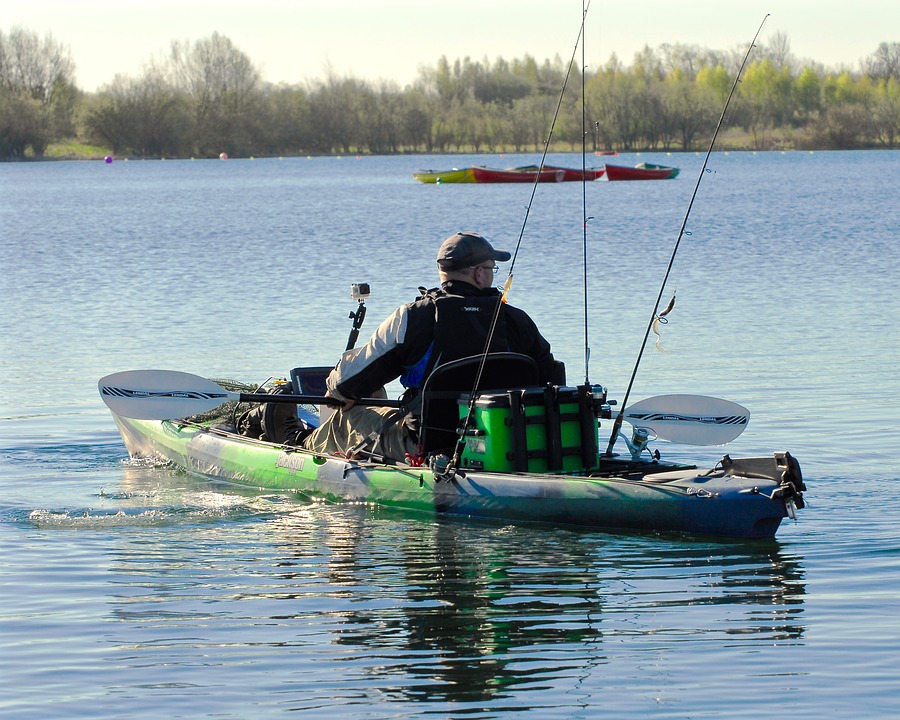
For weekend warriors who maximize their limited time on the water, comfort transforms from luxury to necessity as fatigue and discomfort can cut promising fishing trips short.
Premium fishing kayaks feature adjustable, elevated mesh seats that provide excellent back support, promote better blood circulation in the legs, and enable higher vantage points for spotting fish. The ability to adjust seat position not only enhances comfort but also allows anglers to optimize their center of gravity for different conditions—sitting higher for sight fishing in calm waters or lowering the seat for better stability in choppier conditions.
Adjustable footrests accommodate different leg lengths and sitting positions, preventing leg cramping during extended outings. Additional comfort features worth considering include padded thigh braces that provide better control in rougher water, standing assist straps that help anglers rise from seated positions, and padded deck areas that reduce fatigue when kneeling or standing.
Weekend warriors should prioritize superior seating systems even if it means compromising in other areas, as comfort directly correlates with time spent fishing productively.
Stability and Stand-Up Fishing Capabilities
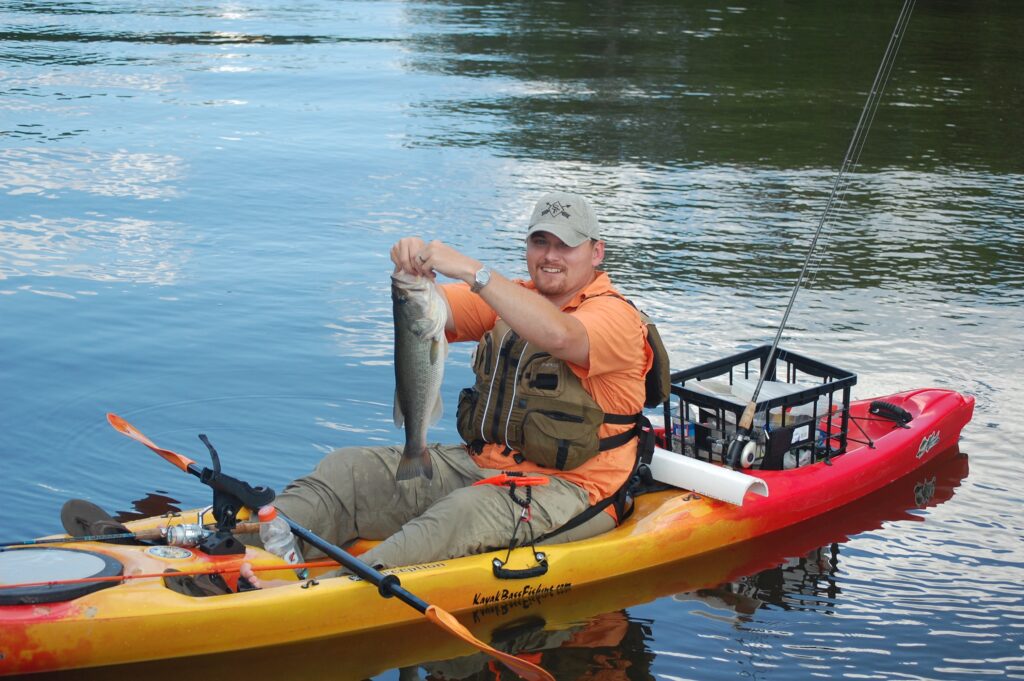
The stability of a fishing kayak directly impacts fishing techniques available to the weekend angler, with stand-up fishing representing the gold standard for many.
Primary stability refers to how steady the kayak feels when sitting level in calm water, while secondary stability describes how the kayak responds when leaned to one side—crucial when fighting larger fish or navigating choppy conditions.
Purpose-designed stand-up fishing kayaks feature flatter, wider hulls with specific deck designs including non-slip padding, standing assist straps, and sometimes even standing platforms with dedicated foot bracing positions. The ability to stand provides numerous advantages: better visibility into the water for sight fishing, improved casting leverage and distance, and reduced fatigue compared to prolonged sitting.
For weekend warriors who primarily fish calm waters like protected lakes, ponds, or slow-moving rivers, the advantages of stand-up capable designs often outweigh their typically slower paddling performance. However, anglers who regularly face rougher conditions might prioritize secondary stability and rough-water performance over stand-up capabilities.
Rod Holders and Fishing-Specific Accessories
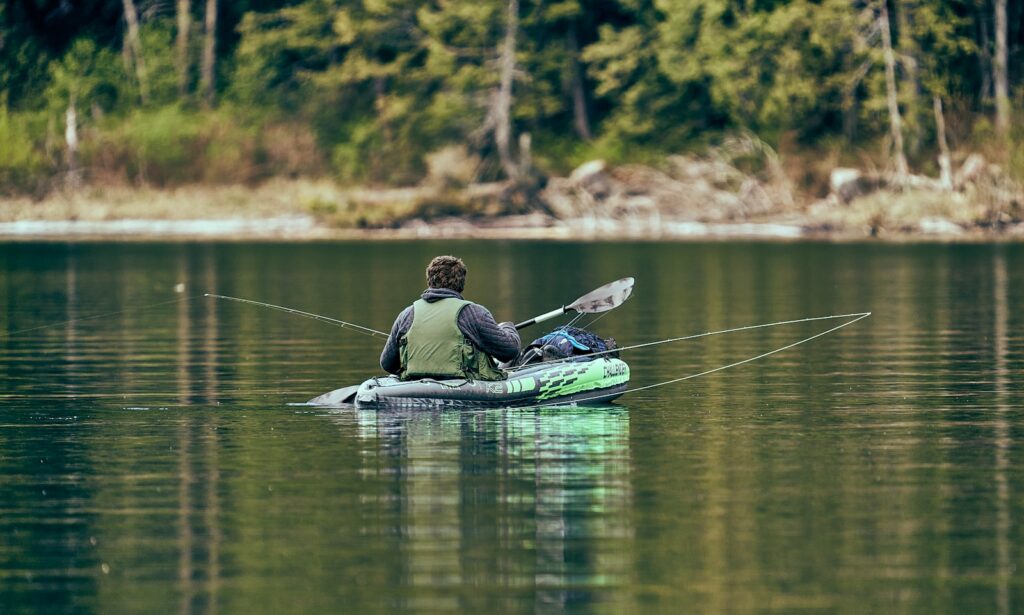
The arrangement and quality of rod holders dramatically impact fishing efficiency, especially for weekend warriors with limited time on the water. Better fishing kayaks feature a thoughtful combination of flush-mounted rod holders that secure rods horizontally along the deck and adjustable rod holders that position rods vertically for trolling or keeping lines ready while paddling. The ideal setup typically includes 2-4 rod holders positioned to avoid tangling lines while providing quick access when fish strike.
Beyond rod storage, fishing-specific accessories to consider include gear tracks that allow customizable positioning of accessories without drilling into the hull, dedicated transducer mounting points for fish finders, and anchor trolley systems that enable precise positioning control along the kayak’s length.
Many premium fishing kayaks also feature tackle management systems with integrated tackle box storage, tool holders for pliers and fish grips, and specialized areas for measuring boards to track catch sizes.
Weekend warriors should look for kayaks with pre-installed fishing features that match their specific angling style rather than generic recreational models that require extensive modifications.
Transportability and Storage Considerations
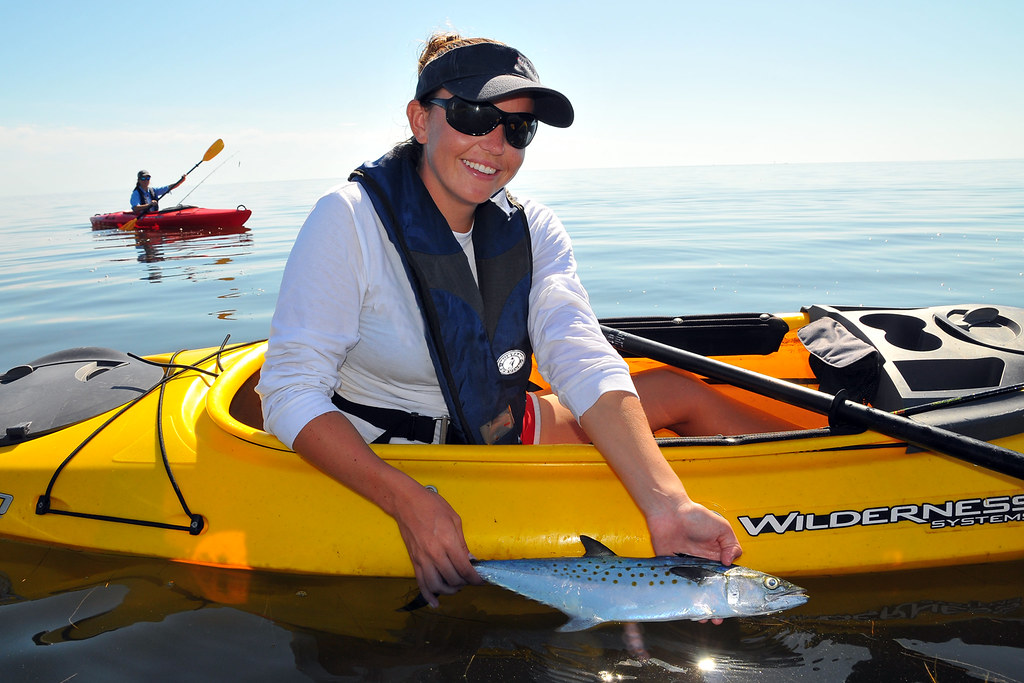
For weekend warriors who don’t have dedicated kayak trailers or specialized equipment, a fishing kayak’s weight and transportability directly impact how frequently it actually gets used.
Lighter kayaks under 70 pounds can typically be loaded onto roof racks by a single person, while heavier models often require two people or specialized loading systems. Consider kayaks with well-designed carry handles at bow, stern, and sides that make portaging to launch sites more manageable, especially for solo anglers. Some models feature wheel recesses in the stern that accommodate kayak carts for easier transport across parking lots or rough terrain to reach launch points.
Storage dimensions matter significantly for those with limited space—measure your available storage area and vehicle carefully before selecting a kayak. Some fishing kayaks now offer multi-piece, modular designs that break down for easier transport and storage, although these typically come with higher price tags and potential durability concerns at the connection points.
The most suitable kayak for a weekend warrior balances fishing features with practical transportability, as even the most feature-rich kayak provides no value if it rarely leaves storage due to handling difficulties.
Weather and Water Condition Compatibility
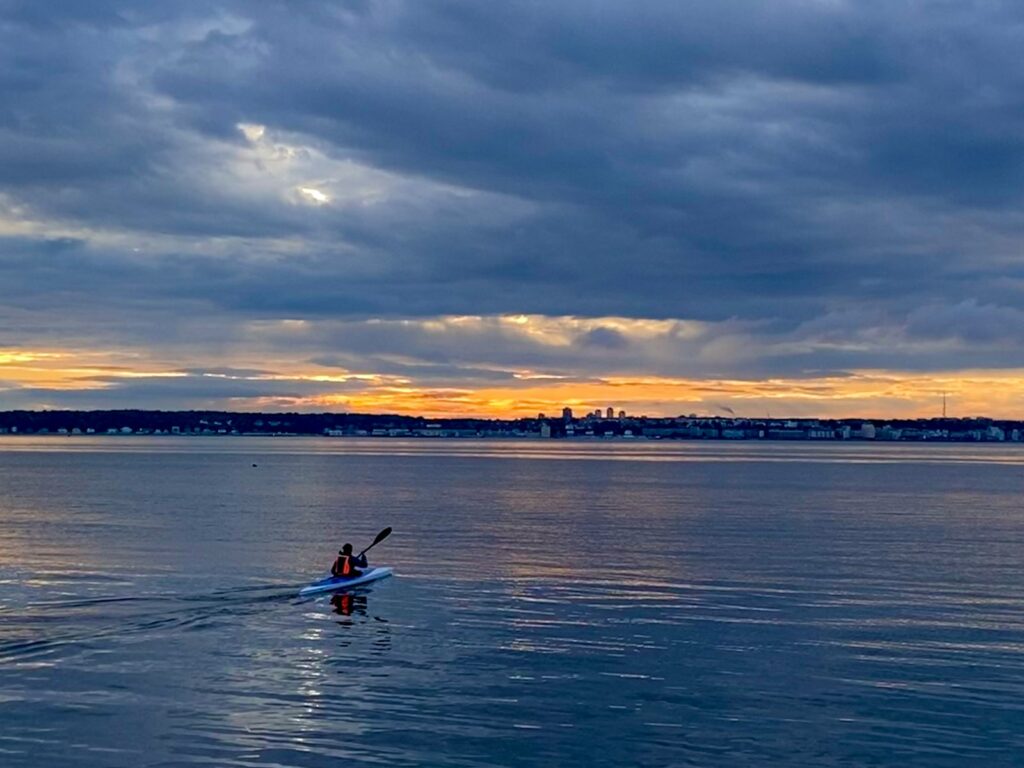
Weekend warriors often fish on predetermined days regardless of conditions, making a kayak’s performance across various environments particularly important.
Ocean-ready fishing kayaks typically feature more pronounced bow rise to prevent nose-diving in waves, scupper holes for rapid self-draining, and greater length for better tracking in currents and wind.
River-oriented kayaks tend to be shorter with more rocker (curvature from bow to stern) for improved maneuverability around obstacles and in current.
For mixed-use scenarios common among weekend anglers, features like adjustable seating positions and retractable skegs or rudders allow adaptation to changing conditions throughout the day.
The kayak’s freeboard—the distance between the waterline and the top of the gunwales—influences how dry you’ll stay in choppy conditions, with higher freeboard kayaks providing better protection from splashing at the cost of increased wind resistance.
Weekend warriors should honestly assess their typical fishing environments and weather patterns rather than occasional dream scenarios when selecting a kayak designed to perform in specific conditions.
Durability and Material Considerations

For weekend warriors who can’t afford frequent replacements, a fishing kayak’s construction material directly impacts its longevity and performance.
Rotomolded polyethylene, the most common material, offers excellent impact resistance for dragging over rocky shores or bumping submerged obstacles, but can deform under heat and UV exposure if stored improperly. Higher-end thermoformed ABS plastic kayaks weigh less while maintaining good durability, but typically come with higher price tags and less resistance to punctures. Composite materials like fiberglass or carbon fiber create the lightest, fastest kayaks with exceptional performance characteristics, but their vulnerability to impact damage makes them less suitable for anglers who frequently fish rocky areas or transport their kayaks roughly.
Regardless of material, quality hardware matters—look for marine-grade stainless steel or brass fittings rather than plastic components for hatch covers, rudder systems, and other accessories that experience regular stress. Weekend warriors should consider their handling habits, storage conditions, and typical fishing environments when balancing material choices against budget constraints, as premature failure due to mismatched materials can prove frustrating and costly.
Budget Considerations and Value Assessment
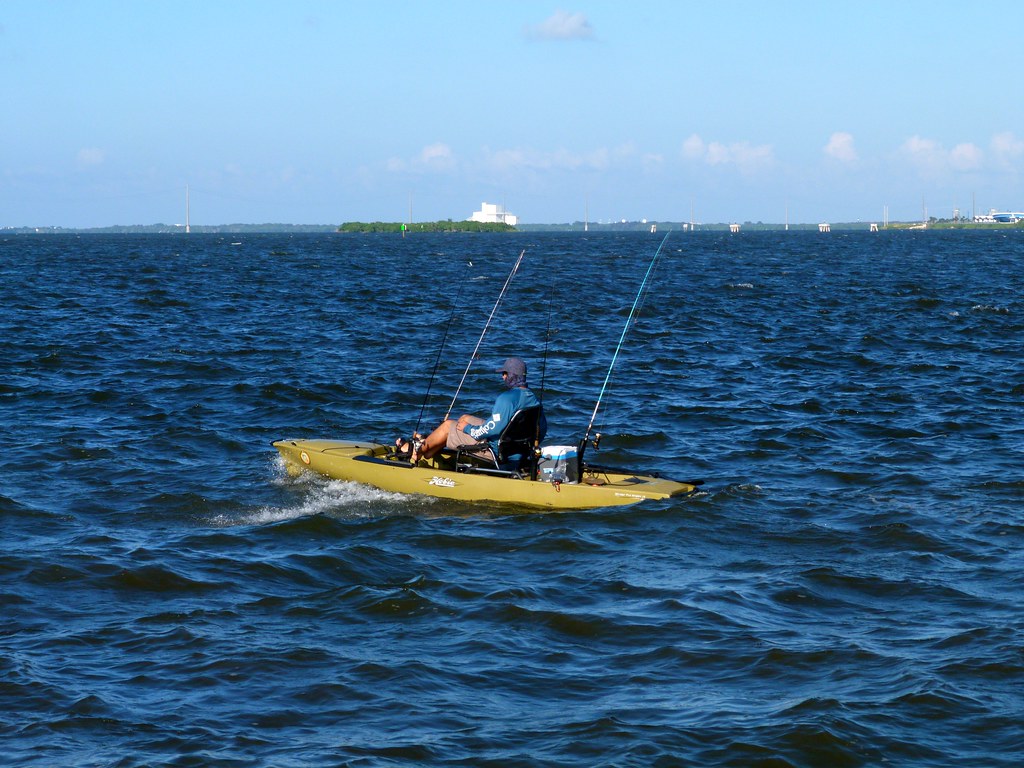
For weekend warriors balancing passion with financial prudence, understanding the relationship between price points and features helps identify genuine value.
Entry-level fishing kayaks ($300-600) typically offer basic stability and simple rod holders but often lack adjustable seating systems, quality storage solutions, and customization options that enhance the fishing experience. Mid-range options ($600-1200) represent the sweet spot for many weekend anglers, offering good quality seating, multiple rod holders, adequate storage, and reasonable performance characteristics without specialized propulsion systems.
Premium fishing kayaks ($1200-3000+) feature advanced propulsion options like pedal drives or motor compatibility, superior seating systems, comprehensive fishing features, and better performance across varying conditions.
When assessing value, consider not just the initial purchase price but also the cost of necessary accessories like paddles, personal flotation devices, and electronics that aren’t included with the kayak. Additionally, factor in the kayak’s versatility across different environments you might fish—a slightly more expensive model that performs well in both your local lake and occasional coastal trips may represent better value than a specialized kayak limited to specific conditions.
Making the Final Decision: Matching Kayak to Angler

The ideal fishing kayak for weekend warriors ultimately depends on an honest assessment of individual priorities, physical capabilities, and fishing environments. Begin by evaluating your physical abilities—heavier paddlers typically need wider, higher-capacity kayaks, while those with back issues should prioritize elevated, adjustable seating systems over other features.
Consider your fishing style—anglers who cover significant water searching for fish benefit from efficient hulls and effective propulsion systems, while those who target specific structures or practice sight fishing may prioritize stability for stand-up capabilities. Be realistic about your launch locations—if you frequently fish alone from undeveloped shorelines, kayak weight becomes more critical than for those with ideal boat ramps and loading assistance.
Finally, acknowledge your actual skill level rather than aspirational abilities—beginners benefit from more stable, forgiving designs that build confidence, while experienced paddlers can handle more specialized kayaks that maximize performance in specific conditions. The perfect weekend warrior kayak balances these factors within budget constraints, creating a platform that eliminates obstacles between limited free time and memorable fishing experiences.
Conclusion: Maximizing Weekend Adventures
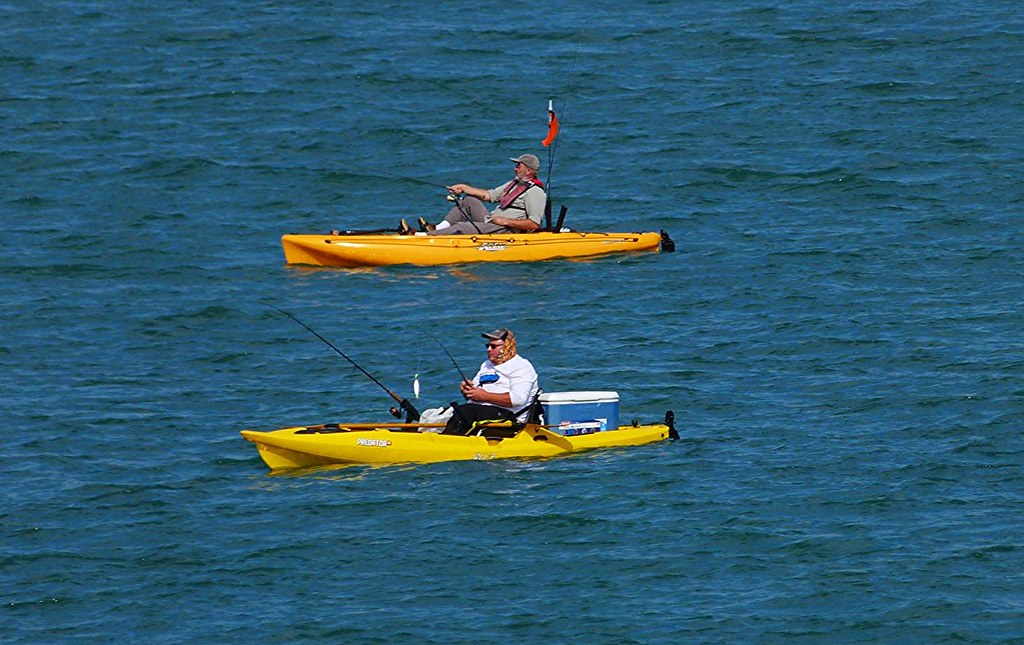
The perfect fishing kayak for weekend warriors isn’t necessarily the most expensive or feature-laden model, but rather the one that aligns with individual fishing styles, environments, and practical considerations. By carefully evaluating factors like hull design, propulsion method, stability needs, and transportability, weekend anglers can identify kayaks that maximize their limited time on the water.
Remember that the best fishing kayak is ultimately the one that gets used most frequently—balancing fishing capabilities with real-world practicality ensures your kayak becomes a consistent vehicle for weekend adventures rather than an underutilized investment. Consider renting or borrowing different styles before purchasing to experience firsthand how various designs perform in your typical fishing environments.
With thoughtful selection focused on your specific needs, a quality fishing kayak becomes more than just fishing equipment—it transforms into a reliable portal to memorable weekends, exceptional fishing opportunities, and the perfect balance of excitement and tranquility that keeps weekend warriors counting down to their next day on the water.


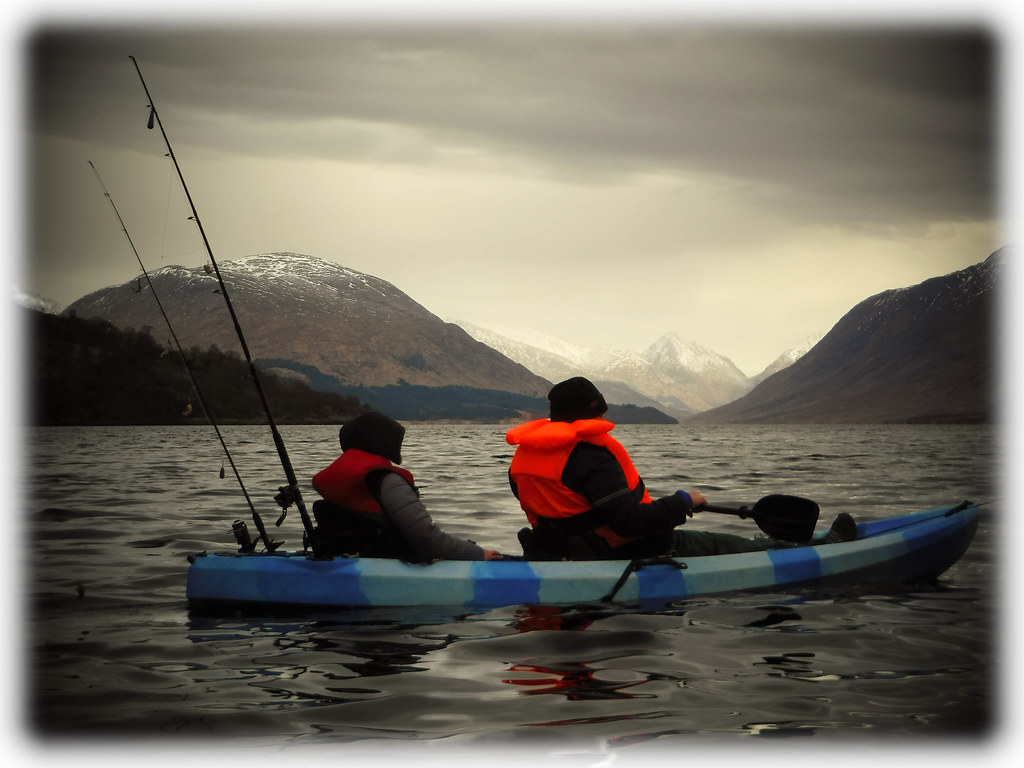











Post Comment